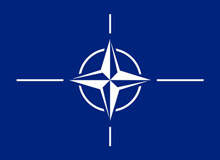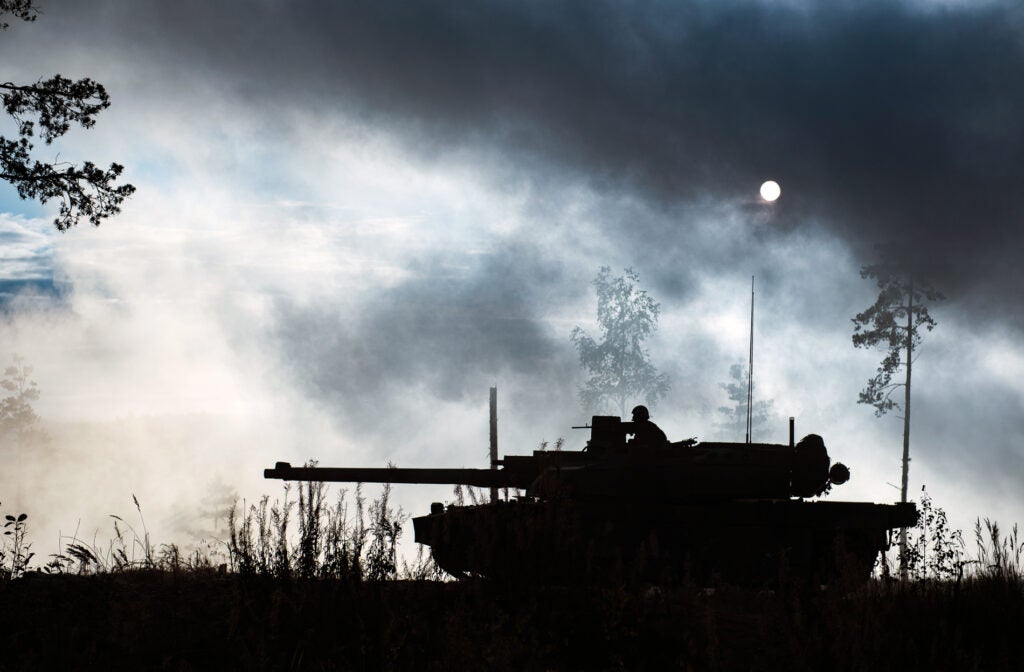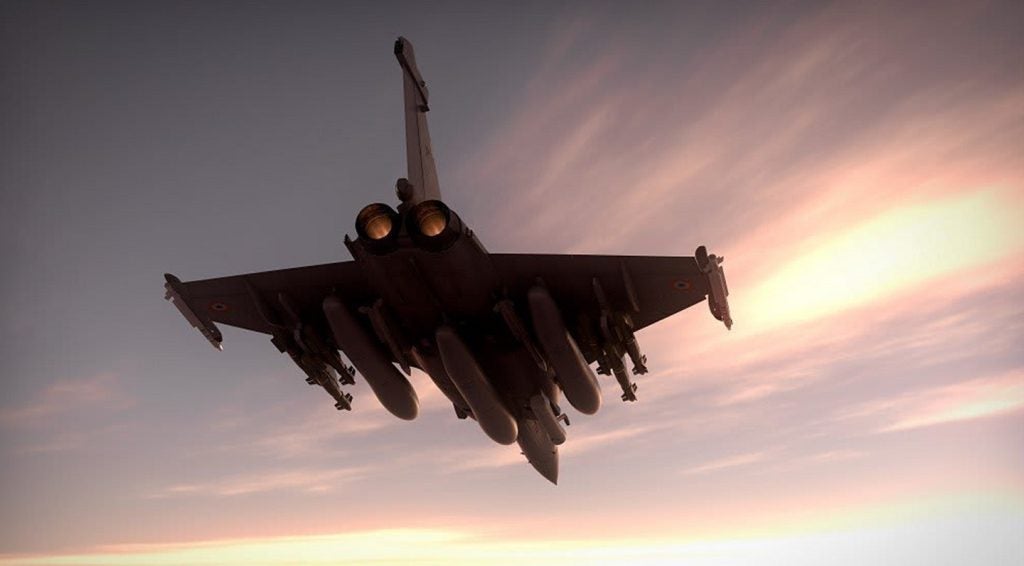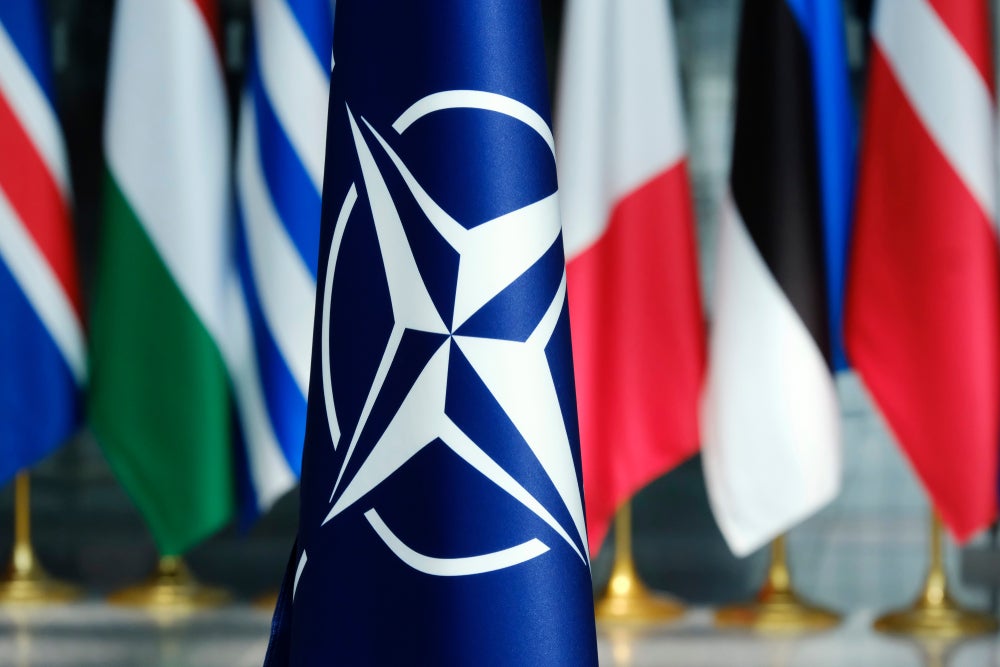
In 1947 a high-ranking member of the newly created United Nations asked leading scientist Dr Theodore von Kármán for ideas on maintaining world peace. “I urged, as a first step toward permanent peace, the establishment of key international research centres, designed to attract learned men of all countries who would come to exchange ideas,” von Kármán later wrote in his book The Wind and Beyond. “I envisioned a return of the vagrants or wandering scholars of the Middle Ages who would, I felt, act as ambassadors to lay the foundations of international good will.”
A respected aeronautical expert who’d acted as a consultant to the US Army Air Corps for many years, von Kármán had long dreamed of a day when scientists from around the world would share ideas and theories to push the boundaries of knowledge forward. Two years after advising the UN, the North Atlantic Treaty Organisation (Nato) was formed to shield members and allies from the threat of Soviet attack, providing an opportunity to bring that dream to life.
“Here was a small and simply administered group of nations bound together by the needs of defence,” von Kármán recalled. “For my purpose it looked ideal. Why not use Nato as a pilot plant to test out the feasibility of scientific cooperation? I had concluded back in Volkenrode in 1945 that progress in technology was so swift that only a pool of nations could properly use scientific advances for mutual protection. With such an effort, it seemed to me, the international character of science could grow.”
AGARD
Von Kármán’s desire to establish a formal mode of international scientific cooperation took him to Europe in the summer of 1950. Seeing the grasp of aeronautical science to be rudimentary in the Nato countries he visited, he recommended that the alliance’s scientific advisory board invite representatives from all member countries to a conference in the US to exchange ideas.
In February 1951 delegates from all Nato member countries converged on the Pentagon to present their thoughts on the strengths and weaknesses of their knowledge and, ultimately, to endorse von Kármán’s view that an advisory group for aeronautical research and development (AGARD) be established immediately. Nato’s standing group approved the recommendation in January 1952.
How well do you really know your competitors?
Access the most comprehensive Company Profiles on the market, powered by GlobalData. Save hours of research. Gain competitive edge.

Thank you!
Your download email will arrive shortly
Not ready to buy yet? Download a free sample
We are confident about the unique quality of our Company Profiles. However, we want you to make the most beneficial decision for your business, so we offer a free sample that you can download by submitting the below form
By GlobalData“In May we organized the first General Assembly of AGARD, a meeting of the scientific representatives of 12 nations,” von Kármán noted in his book. “I was personally thrilled to see the enthusiasm with which the entire scheme was being greeted. AGARD would be an important nucleus in the modern revival of the internationalism that my father had dreamed of a half century ago.”
DRG
Whilst AGARD was making significant strides in the field of aerospace, there was a growing feeling at Nato that other areas of research and technology were being neglected within the alliance. This unease was brought to a head by Russia’s launch of the Sputnik satellite in 1957, which prompted a meeting between Nato leaders to discuss how they could make better use of their own resources.
It was decided to set up a committee that would investigate civil and military applications of science. However, in practice, the Science Committee didn’t put much emphasis on military research and progress stalled until 1967, when the Defence Research Group (DRG) was inaugurated under the command of the Conference of National Armament Directors (CNAD).
Panels
The work of AGARD and DRG was performed by specialist panels, drawn from representatives of member countries, which worked together on technical conferences and projects dealing with specific defence technology topics. The panels published the findings of their meetings, symposia and studies and were successful in raising knowledge amongst Nato members, growing networks of experts and enhancing the level of research and technology development within the alliance.
RTO
Following the spirit of collaboration set down by von Kármán, AGARD and DRG worked closely together over the following 30 years to ensure that resources were not wasted and Nato received the best research and technological investigation possible.
However, when the Cold War ended and relations with former Warsaw Pact countries improved, Nato was restructured and the two research bodies were joined together in 1996 to form the Research and Technology Organisation (RTO).
“As their programmes of work were complementary, with AGARD more focused on aerospace research and technology issues and DRG on the land and maritime ones, merging them led to the establishment of a joint research and technology structure,” says Bill McCluskey, assistant director of Nato’s research and technology agency, the executive body that facilitates the RTO’s work. “This enabled better synergies across the full spectrum of technologies and associated concepts as well as helping to avoid duplications of efforts in Nato and national research programmes.”
Existing challenges
In the current climate of global recession, von Kármán’s principle of collaborative research is standing the RTO in better stead than ever.
“People are looking to save money at the moment and the obvious way to do that is by working together,” says RTA strategic planning branch head Philippe Soete. “Collaboration allows synergies, so things get done more efficiently and in a more cost effective way.”
“The new Nato defence planning process (NDPP) is an opportunity to position R&T as an important contributor in capability development by reducing risk in the development and the procurement of new technologies that provide decisive battlefield advantage. It will help us in advising Nato decision makers on which emerging technologies offer threats or opportunities for the alliance’s operational capabilities.”
However, perhaps the biggest window of opportunity for von Kármán’s principles to influence the modern work of Nato is the ongoing challenge of interoperability.
“The more nations participate in an RTO activity, identify a promising technology together and progress without too much divergence towards the development and production of commonly developed or similar pieces of equipment,” says McCluskey. “The higher the probability is that these pieces of equipment will be interoperable when soldiers of these nations go to an operations theatre together.
“There are many examples in RTO where a team of experts gather to develop a Nato standardisation agreement (STANAG) to solve an interoperability issue. One recent example is the SCI-178 task group, which addressed interoperability issues for dismounted soldier weapon systems.”
Outlook
After a lifetime of pioneering scientific exploits, von Kármán – also known as the ‘father of supersonic flight’ – became the first person to receive the US national medal of science. Presenting the honour in February 1963, President Kennedy said, “I know of no one else who so completely represents all the areas involved in this medal: science, engineering and education.”
Although he died just three months later, von Kármán’s legacy lives on in the research institute and exemplary service medal that bear his name; and in the very fabric of Nato’s approach to research and technology.
“Von Kármán’s legacy is alive and well,” says Soete. “It has worked for the last 50 years and it will work for the years to come because the concept is still good. By having a dynamic network of national experts well tuned to knowledge and technology evolutions, the RTO will constantly be able to anticipate and help Nato decision makers adapt to evolving challenges.”






